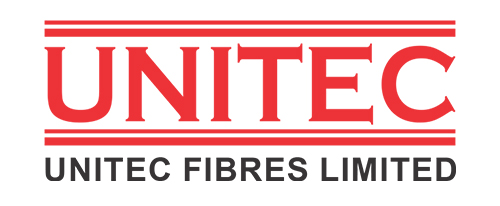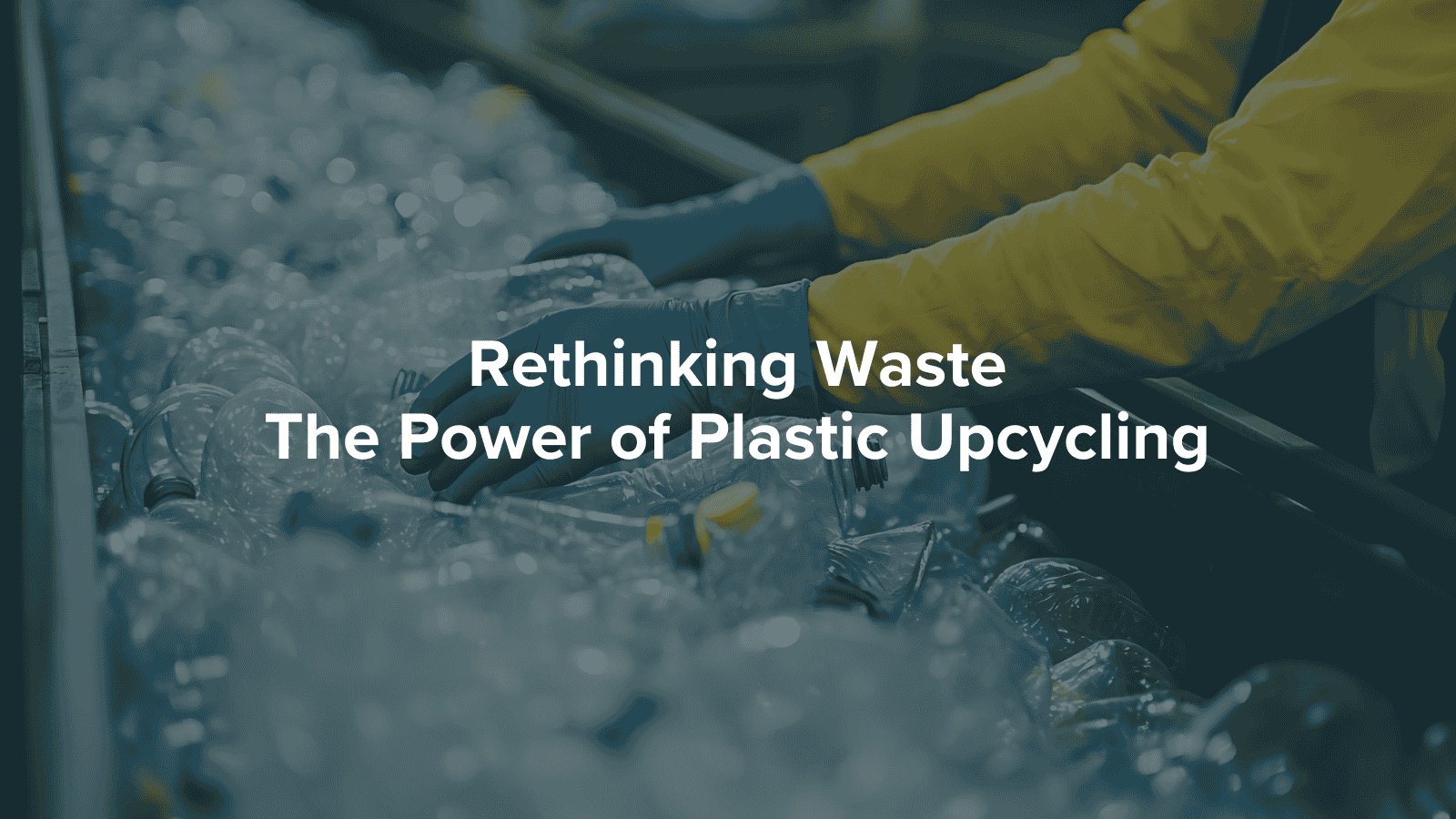In a world drowning in plastic waste, a quiet revolution is taking shape: plastic upcycling. Rather than simply recycling or discarding plastic waste, upcycling seeks to transform waste into items of higher value, utility, or aesthetic merit. This process aligns powerfully with the ideals of a circular economy, where materials are kept in use for as long as possible.
What Is Plastic Upcycling?
Plastic upcycling is the journey from trash to treasure. Instead of breaking down plastics into lower-grade materials (as in many traditional recycling methods), upcycling reimagines waste. A used bottle might become a fashion accessory, or a discarded wrapper could be woven into a sturdy mat. This creative reuse enriches both form and function.
Upcycling can be broadly categorized:
- Artisanal / design upcycling: manual transformation of plastics into crafts, décor, or accessories
- Chemical upcycling: breaking plastic polymers into building blocks, then rebuilding them into higher-grade materials or novel substances
Examples in Action
Plastic upcycling is no longer a fringe idea; it’s showing up in real products:
- Textiles & clothing: PET bottles are cleaned, shredded, and spun into fibres for t-shirts, jackets, or bags. For example, a single well-managed upcycling operation can transform dozens of bottles into a single garment.
- Building materials: Plastic waste can be converted into tiles, insulation boards, or structural panels.
- Furniture & everyday goods: Chairs, tables, decorative pieces, and toys are being made from upcycled plastic waste.
Challenges & Innovations
- Mixed plastics & contamination: Many waste items combine different plastic types, or carry residues (food, dyes), making processing difficult.
- Material degradation: Repeated processing can compromise the strength or reliability of plastics
- Scale & economics: Artisanal upcycling is labor-intensive; scaling it needs efficient systems and cost models.
- Traceability & quality assurance: Consumers need confidence that products are genuinely upcycled and safe.
To address these, innovators are turning to:
- AI / automated sorting systems to distinguish plastics by type and color
- Advanced chemical or enzymatic processing that can handle mixed or degraded plastics
- Blockchain/tracking platforms to guarantee provenance and transparency
- Bio-inspired composite designs to combine recycled plastic fragments into structurally sound materials
By transforming discarded plastics into durable, valuable products, we not only reduce waste but also inspire innovation across industries. This approach supports a circular economy, where every discarded item has the potential for a second life.
From fashion and furniture to construction and packaging, the possibilities of upcycling are limitless. As more businesses and communities embrace this movement, we can collectively reduce our reliance on virgin materials and minimize pollution. In essence, plastic upcycling turns a global problem into a creative opportunity, helping us build a cleaner planet, one repurposed product at a time.

